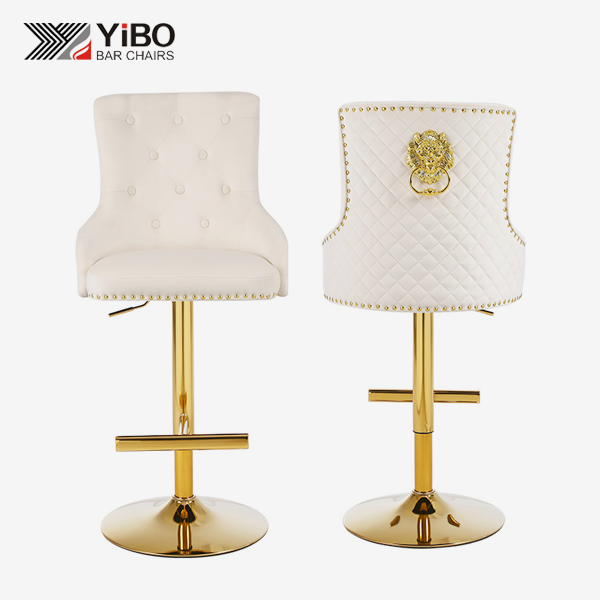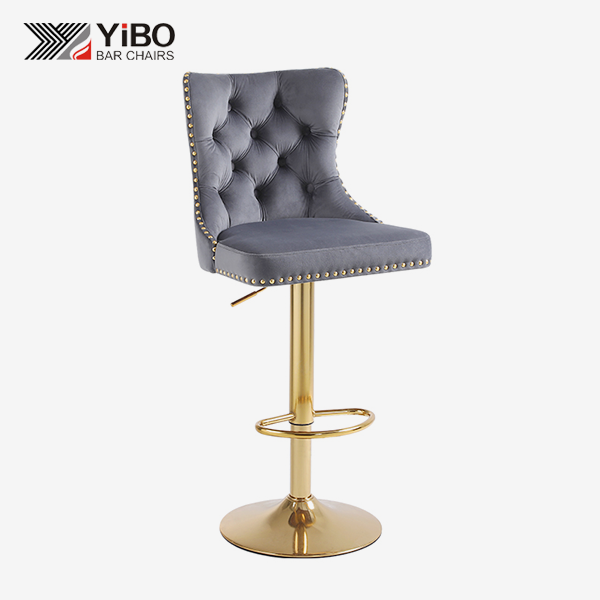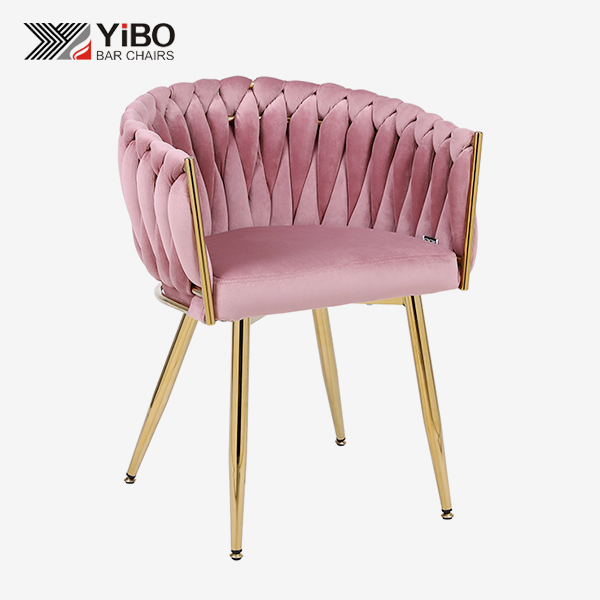Bar stool usage scenarios and factors influencing buyer purchases
Functional adaptability: The scene determines the form
Highly compatible: Select a 65-75cm height-adjustable chair based on the standard bar counter height (110-120cm). Customization is required for non-standard countertops (with an error margin of ±3cm)
Rotation Requirements: For high-frequency use scenarios (such as cocktail bars), prioritize dual-bearing 360° rotating bases; residential bars may opt for fixed bases
Load-bearing Grading: Commercial scenarios must meet the ASTM F1858 standard (static load-bearing capacity ≥150 kg); residential use may be relaxed to 120 kg

Durable Material Matrix
Usage Scenario Frame Material Surface Material Maintenance Cycle
Bar/Nightclub 304 Stainless Steel + Rust-Proof Treatment Flame-Retardant PU Leather/Scratch-Resistant Metal Mesh Quarterly Deep Cleaning
Café/Light Dining Aluminum Alloy with Electroplating Waterproof Linen Fabric + Quick-Dry Sponge Monthly Wiping
Home Use Solid Oak Wood Ultra-Fine Leather + Memory Foam Annual Maintenance
Ergonomic Design Principles
Seat Depth Control: Optimal range of 42–45 cm to prevent thigh compression (refer to ISO 9241 standard)
Armrest Configuration: Social-style bars require armrests angled outward at 15°, while compact spaces are recommended to use armless designs
Lumbar Support: For environments where continuous use exceeds 2 hours, select a curved backrest with a lumbar lordosis of 7–10°
Style Premium Strategy
Industrial Style: Exposed metal structures + rivet decorations, with a premium margin of 30-50%
Retro Style: Brass trim + leather stitching, increasing customer dwell time by 22% (Nielsen 2024 Report)
Minimalist Style: Monochrome injection-molded design, suitable for high-turnover environments












